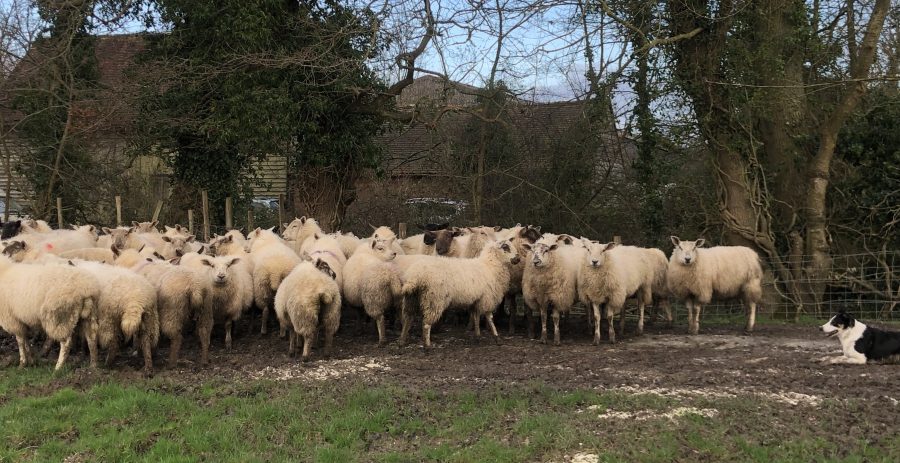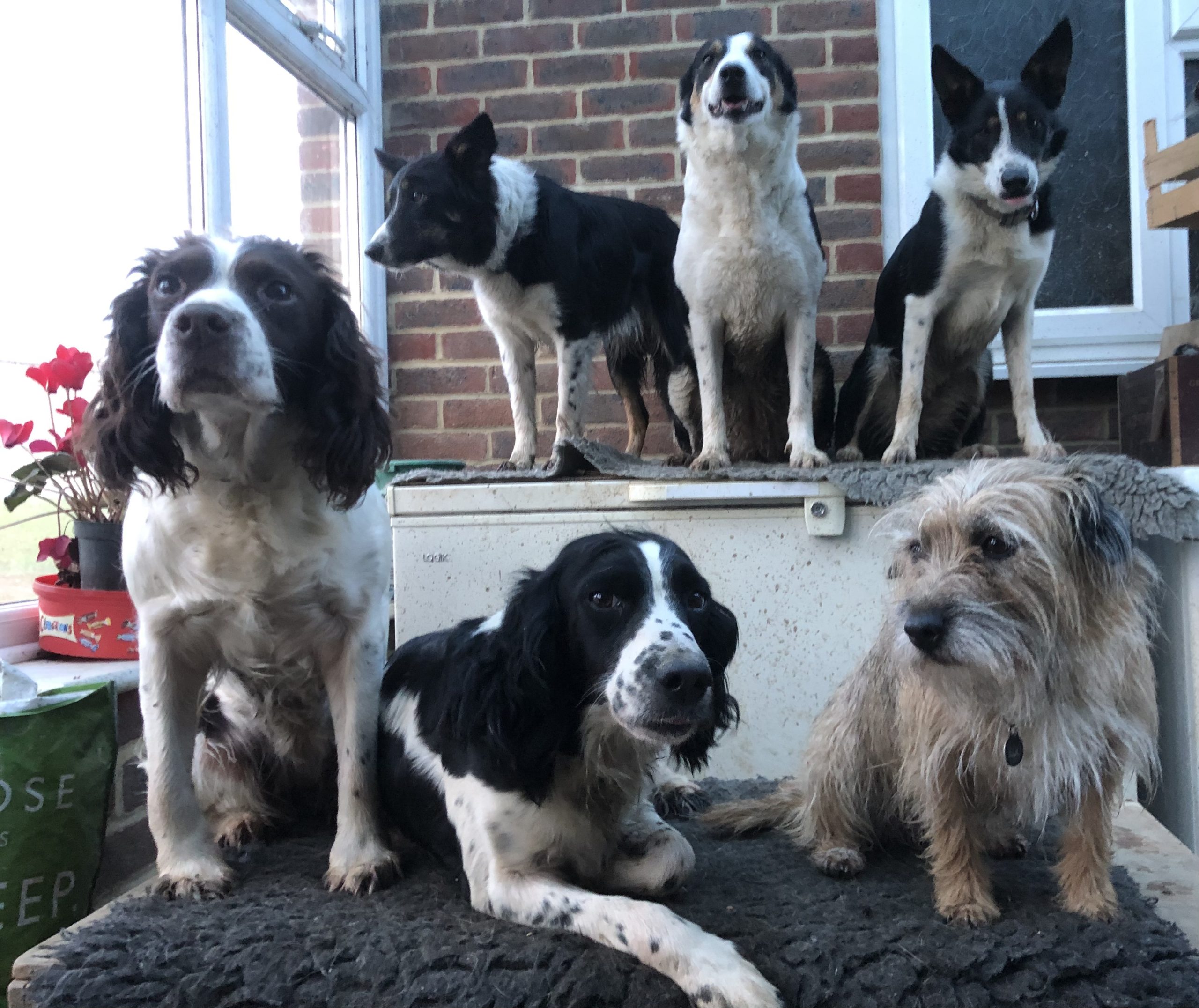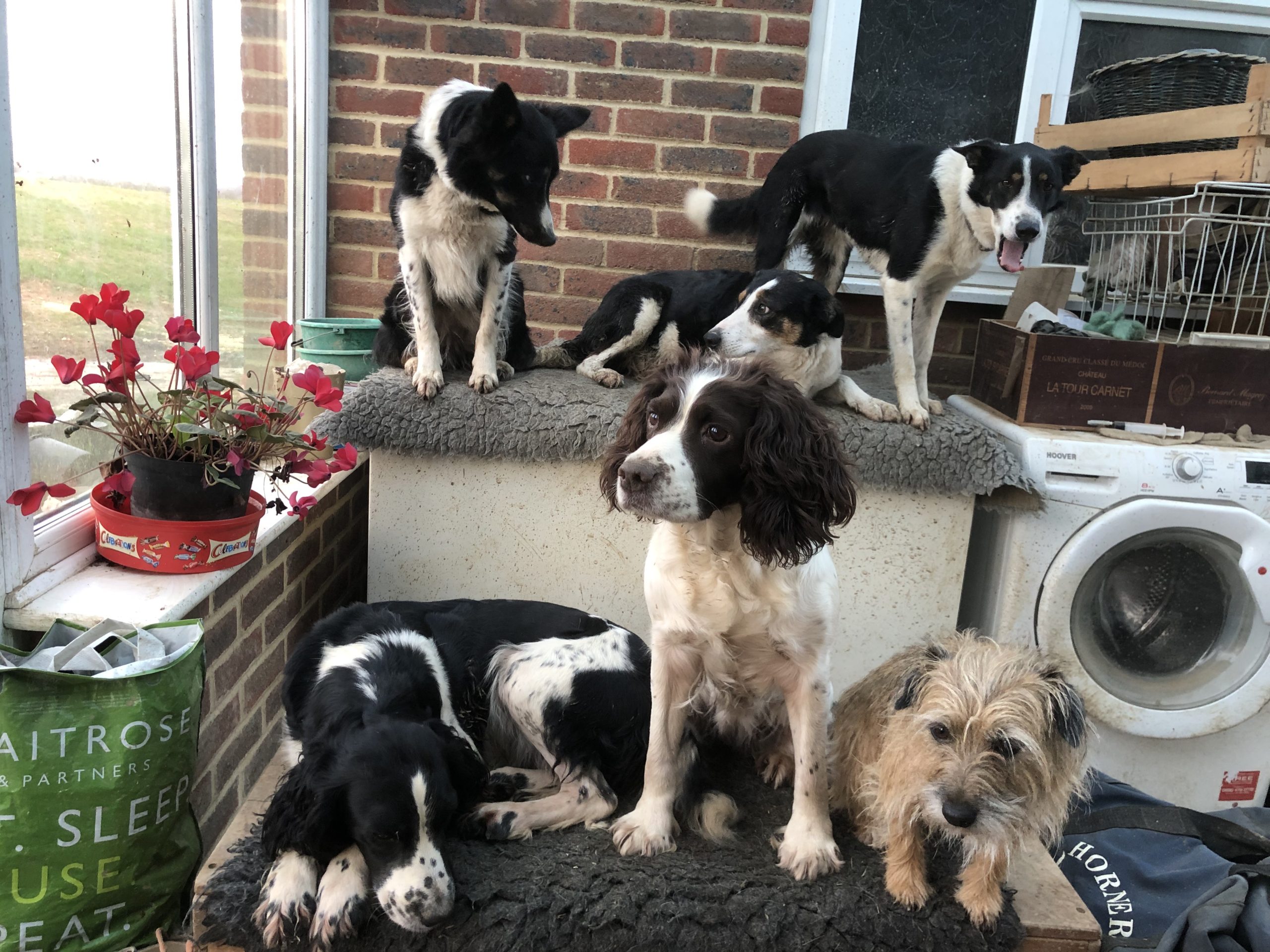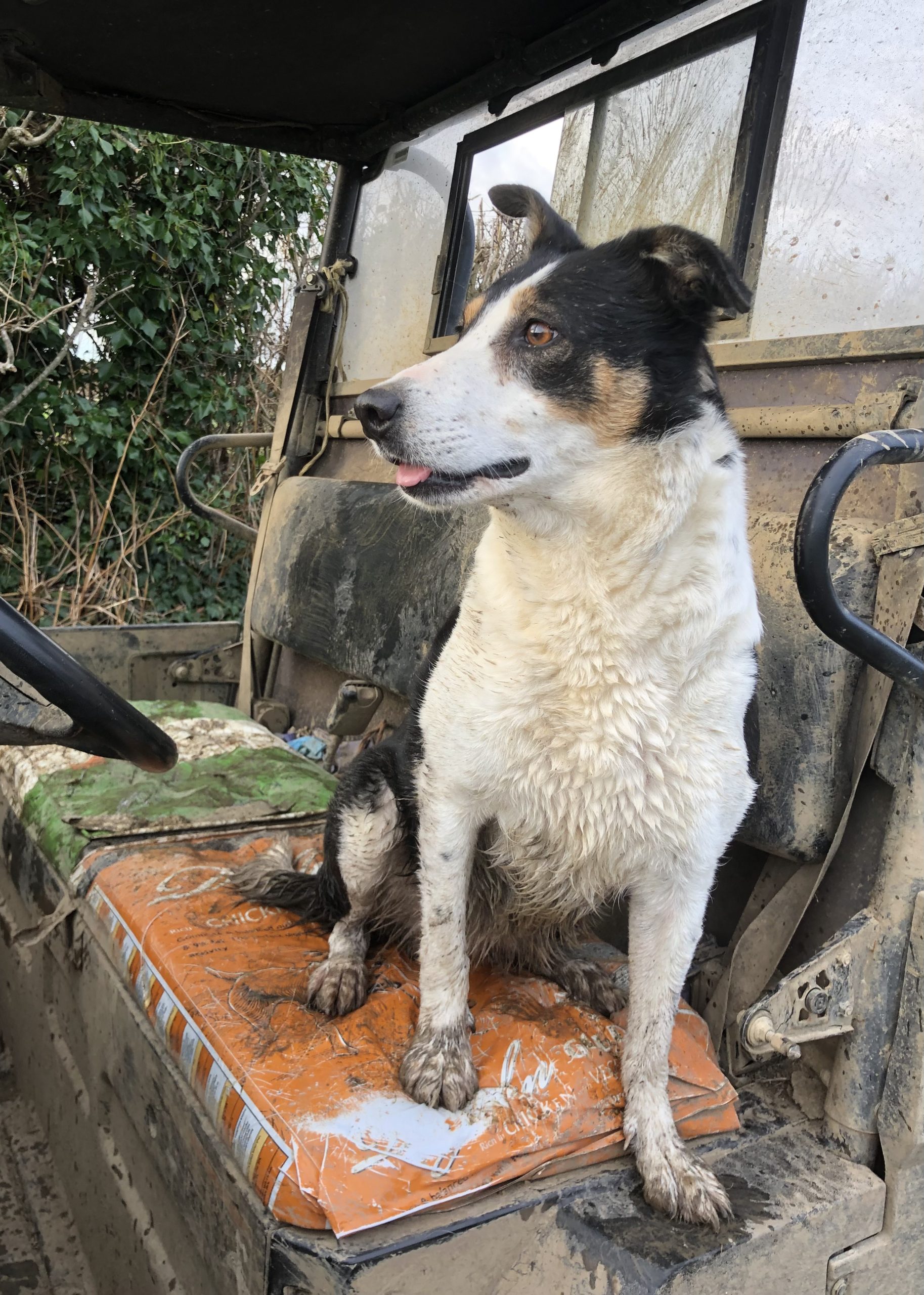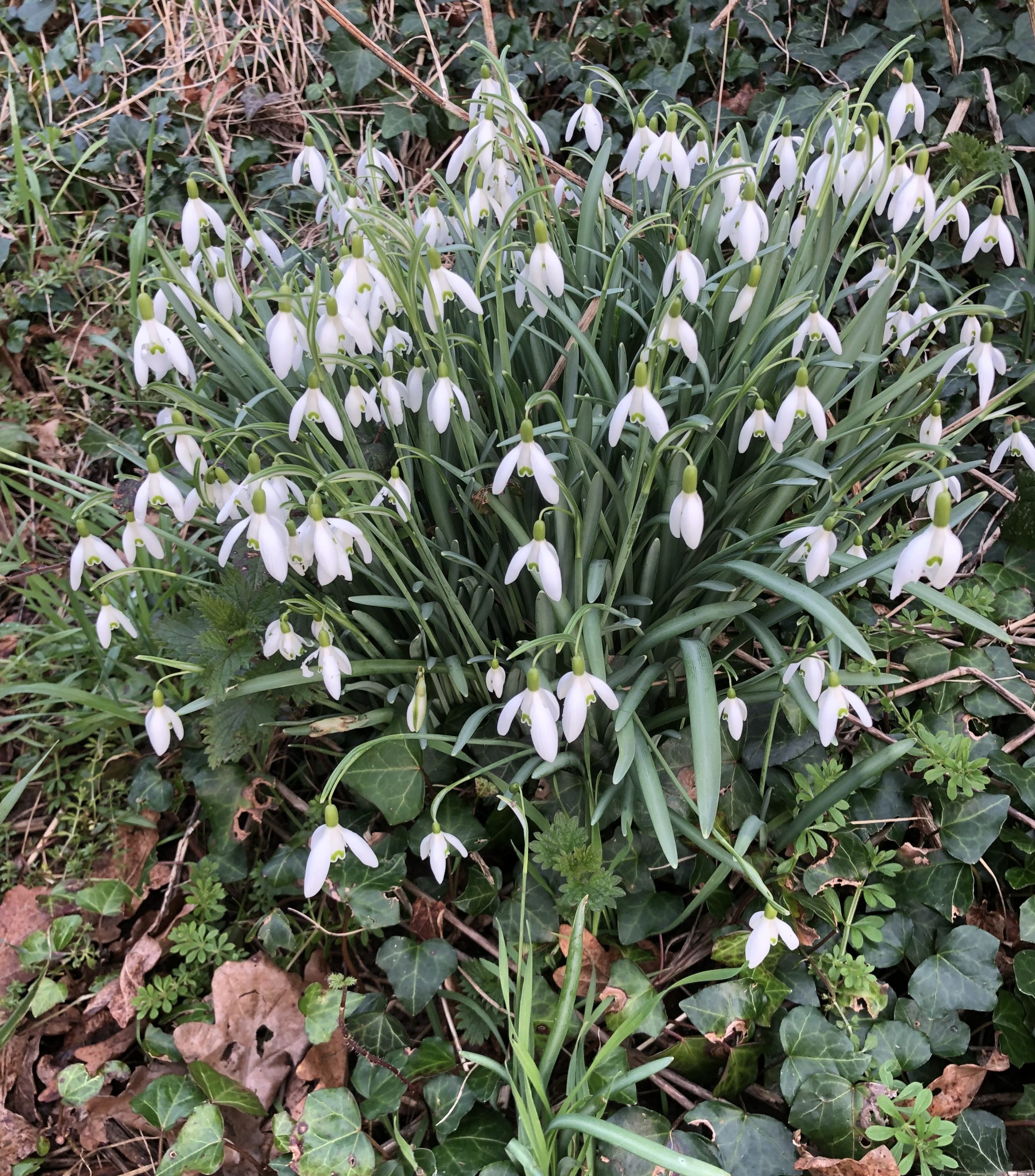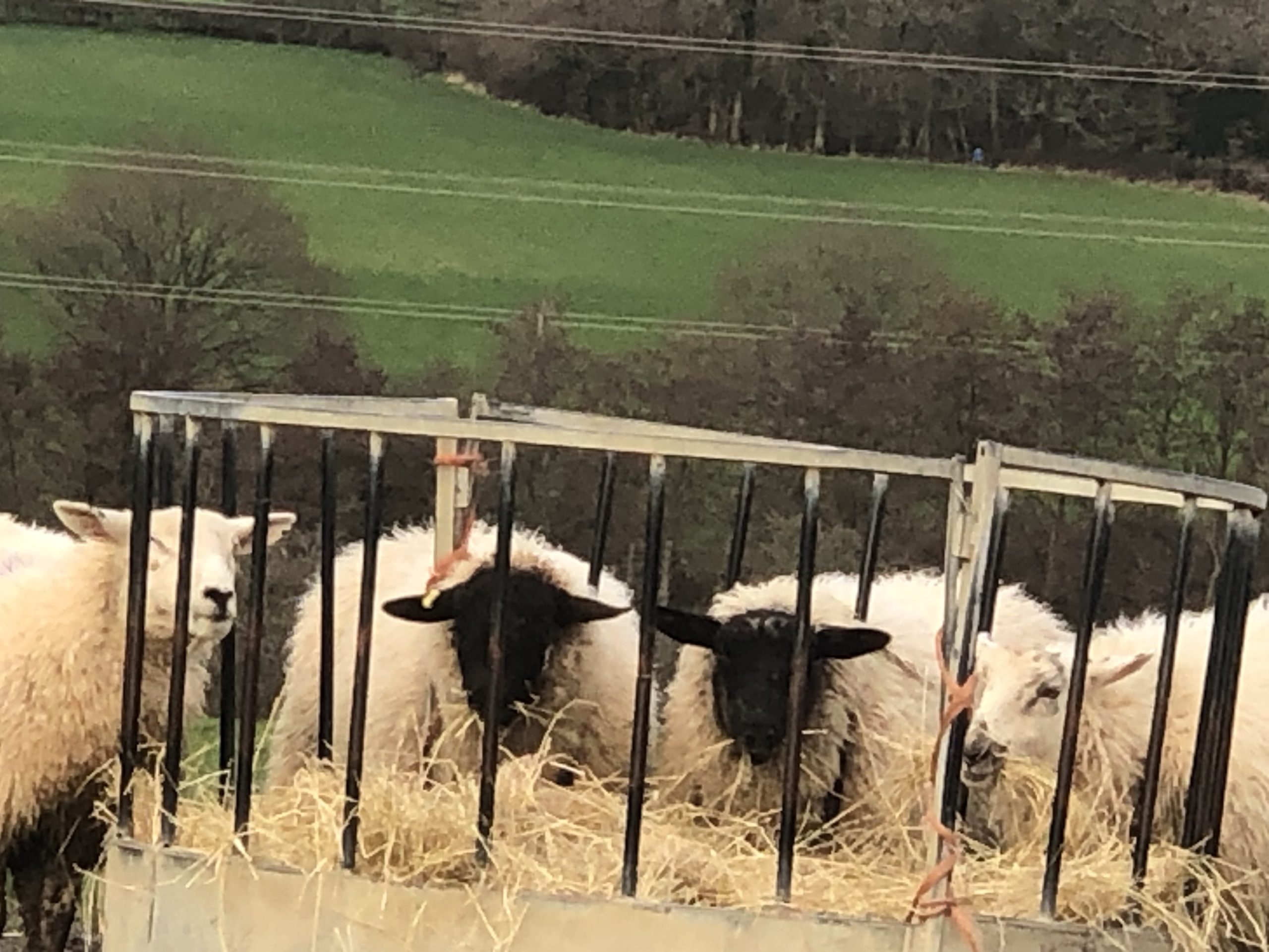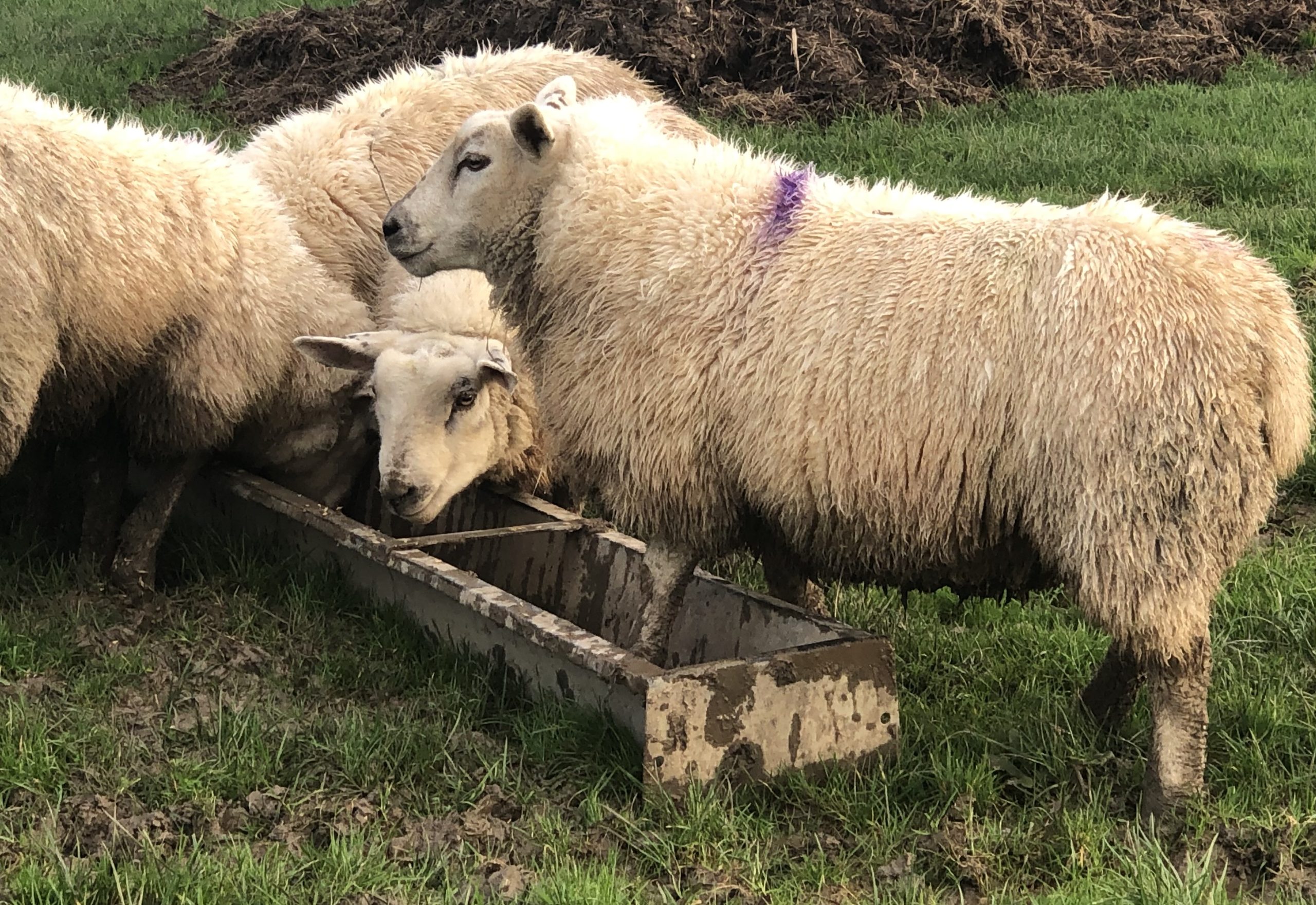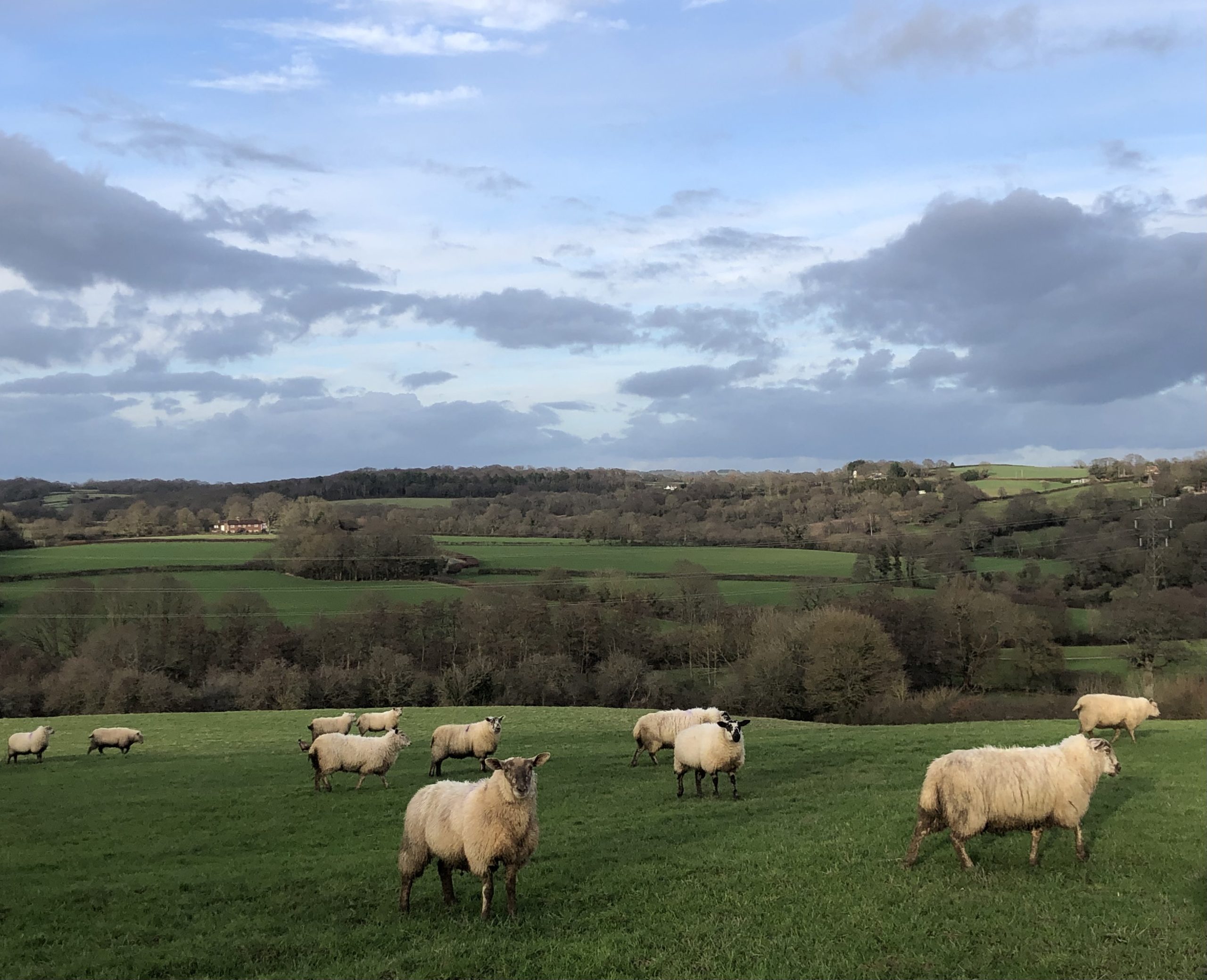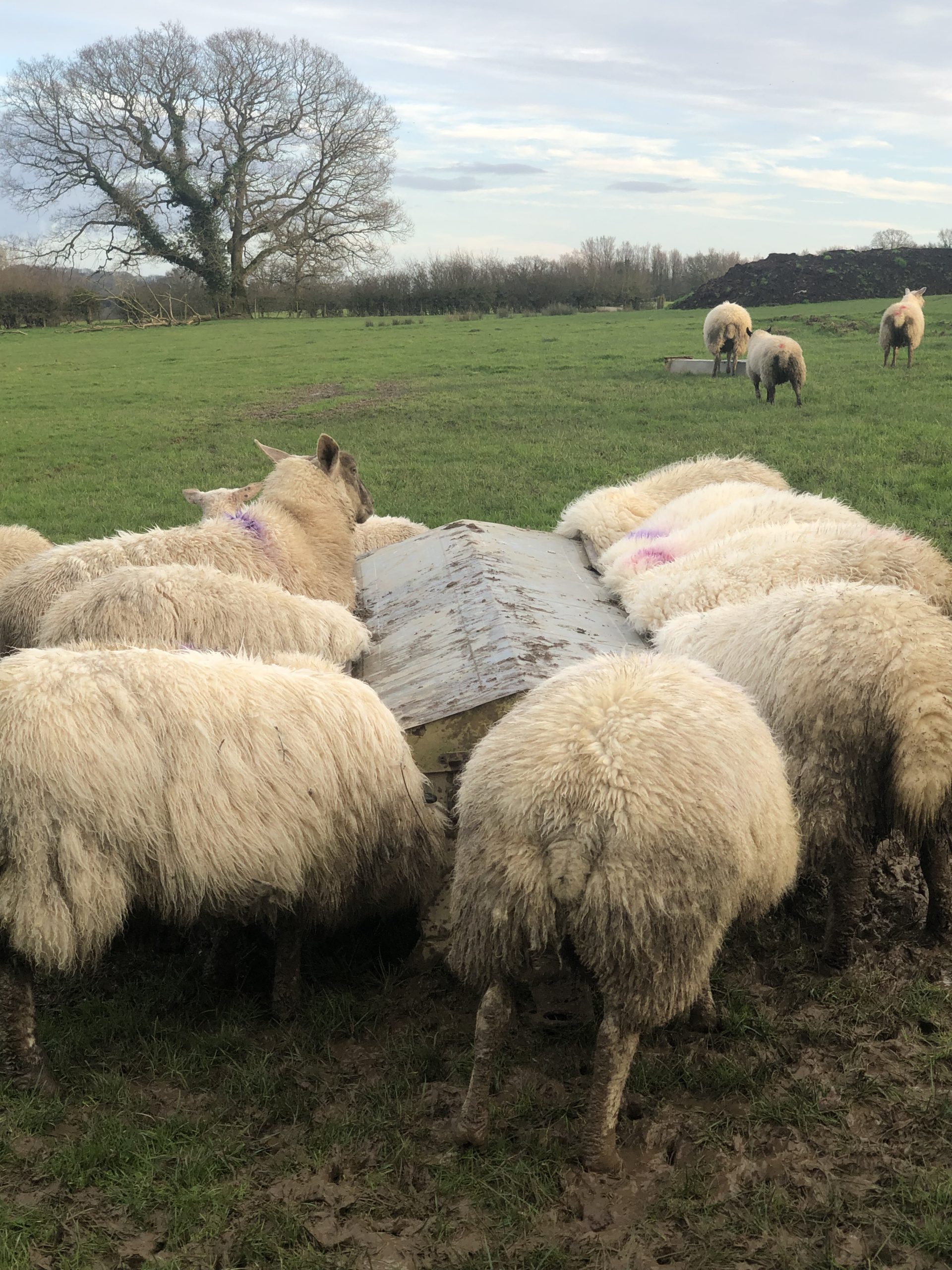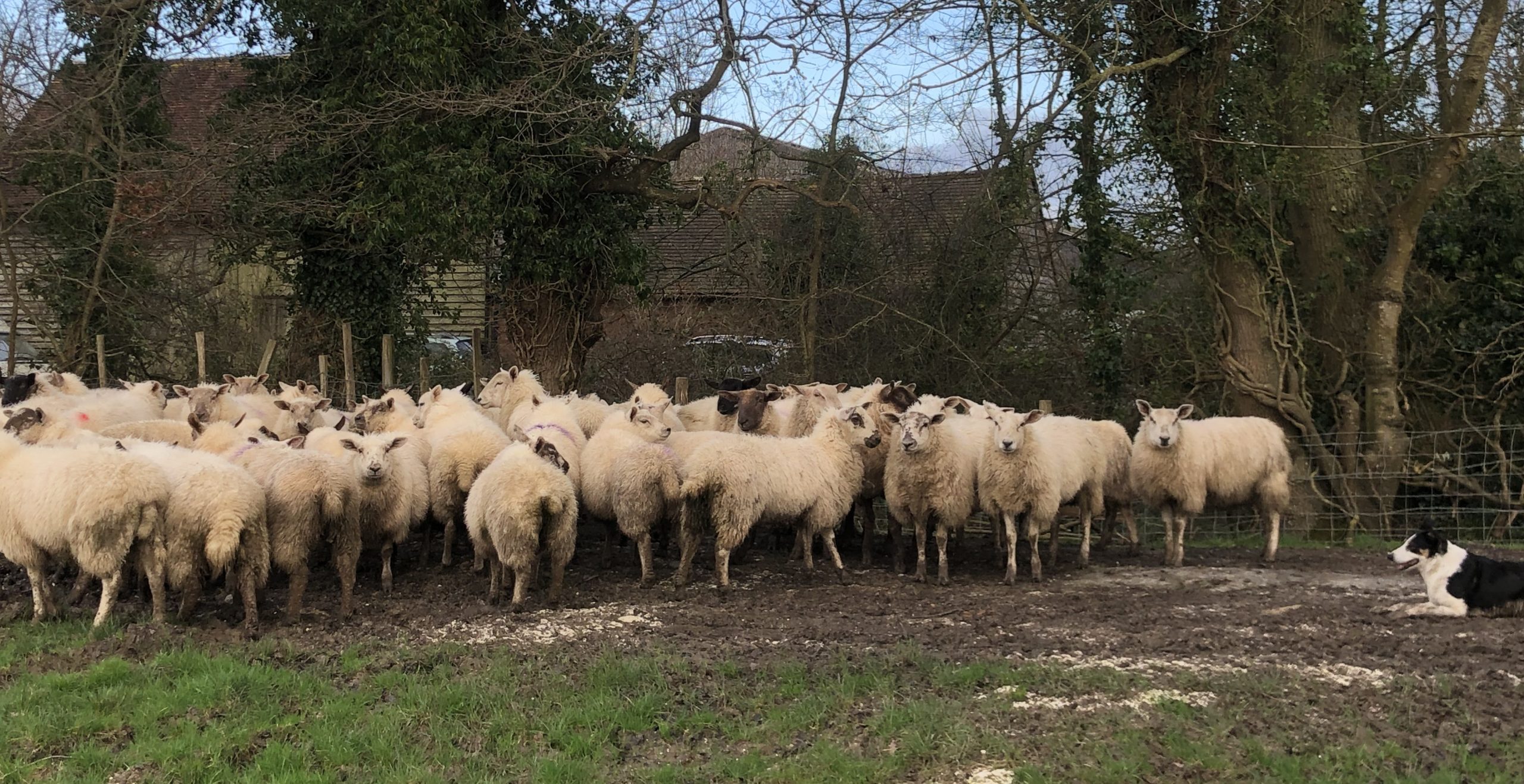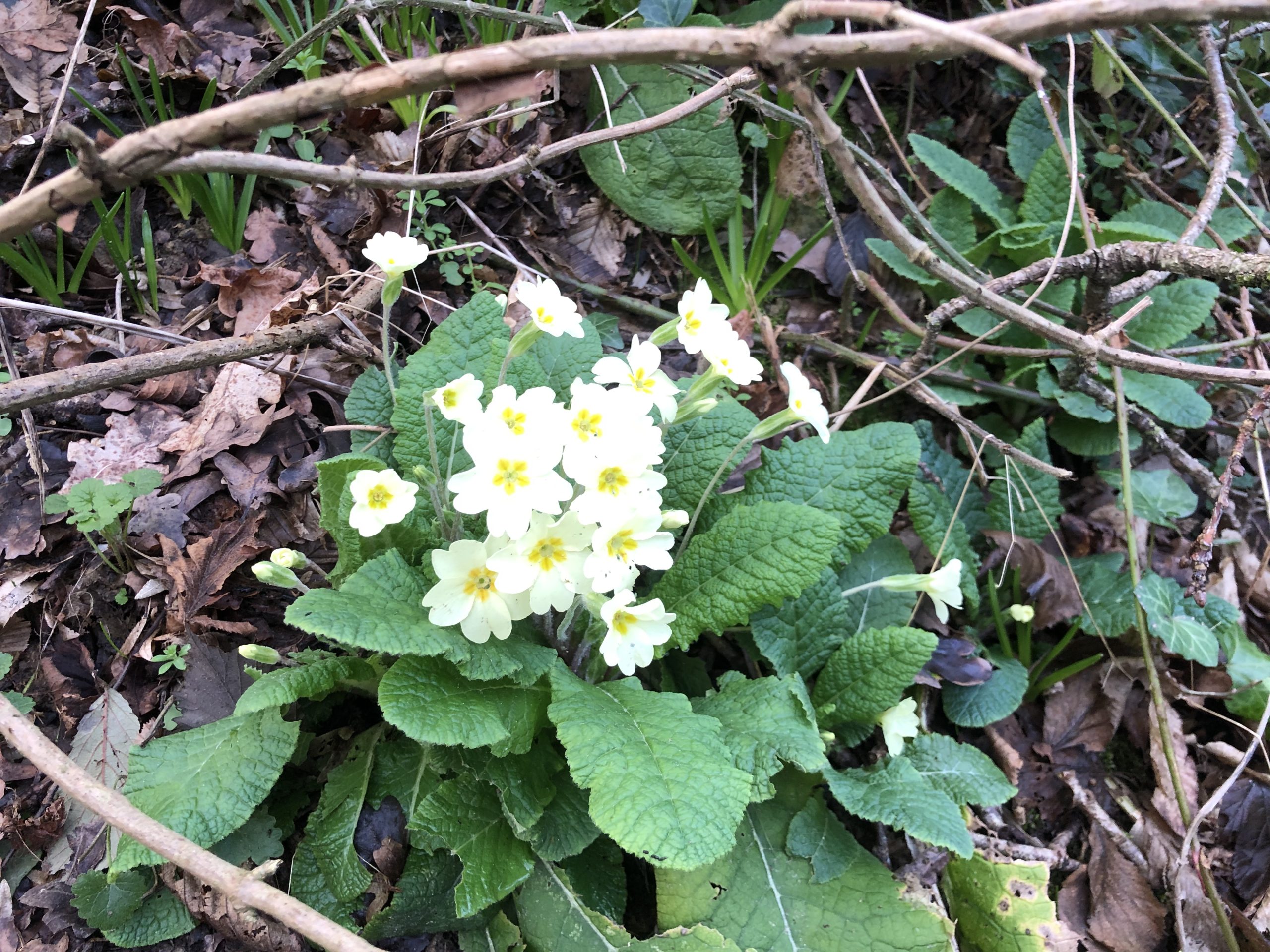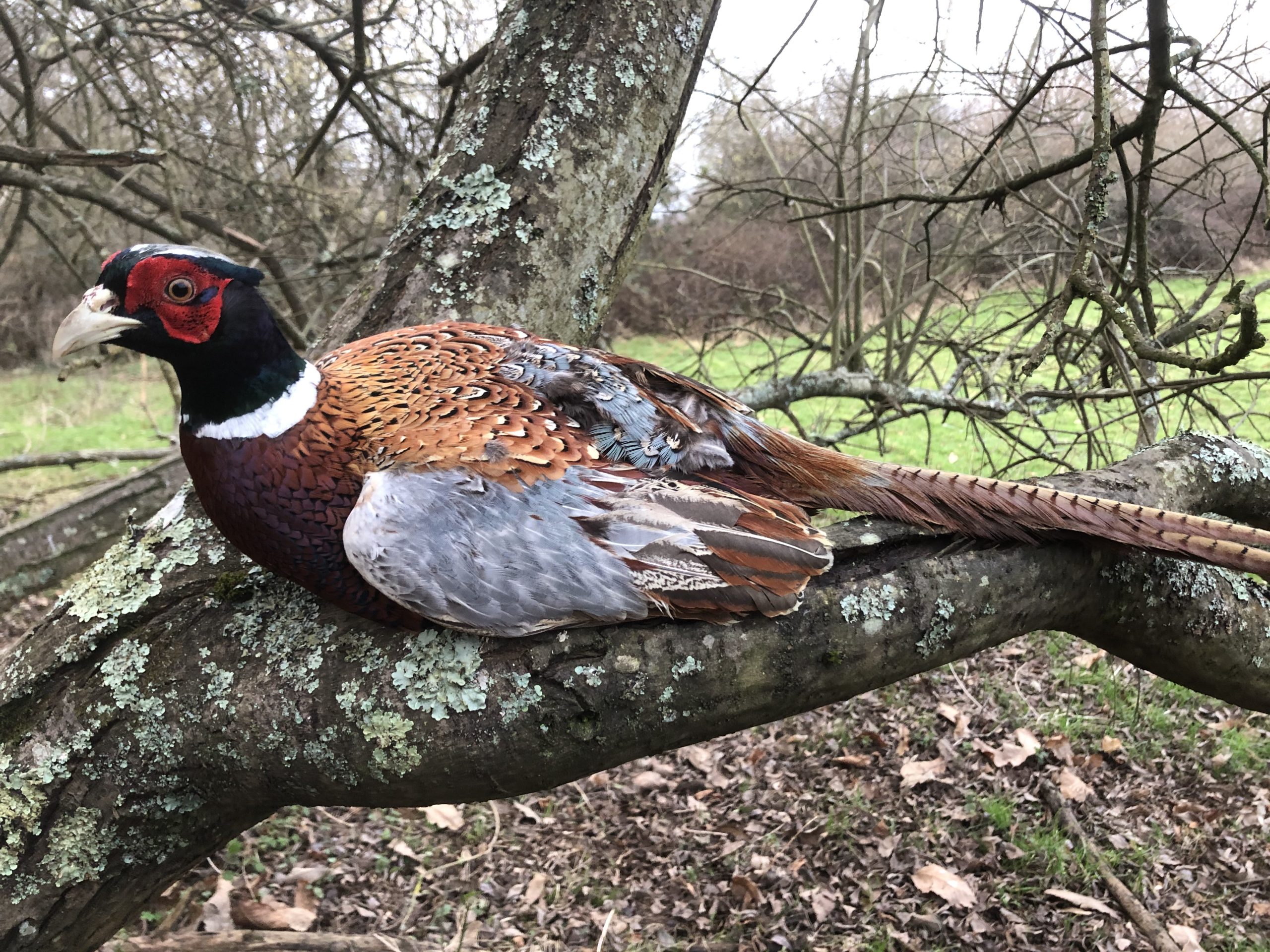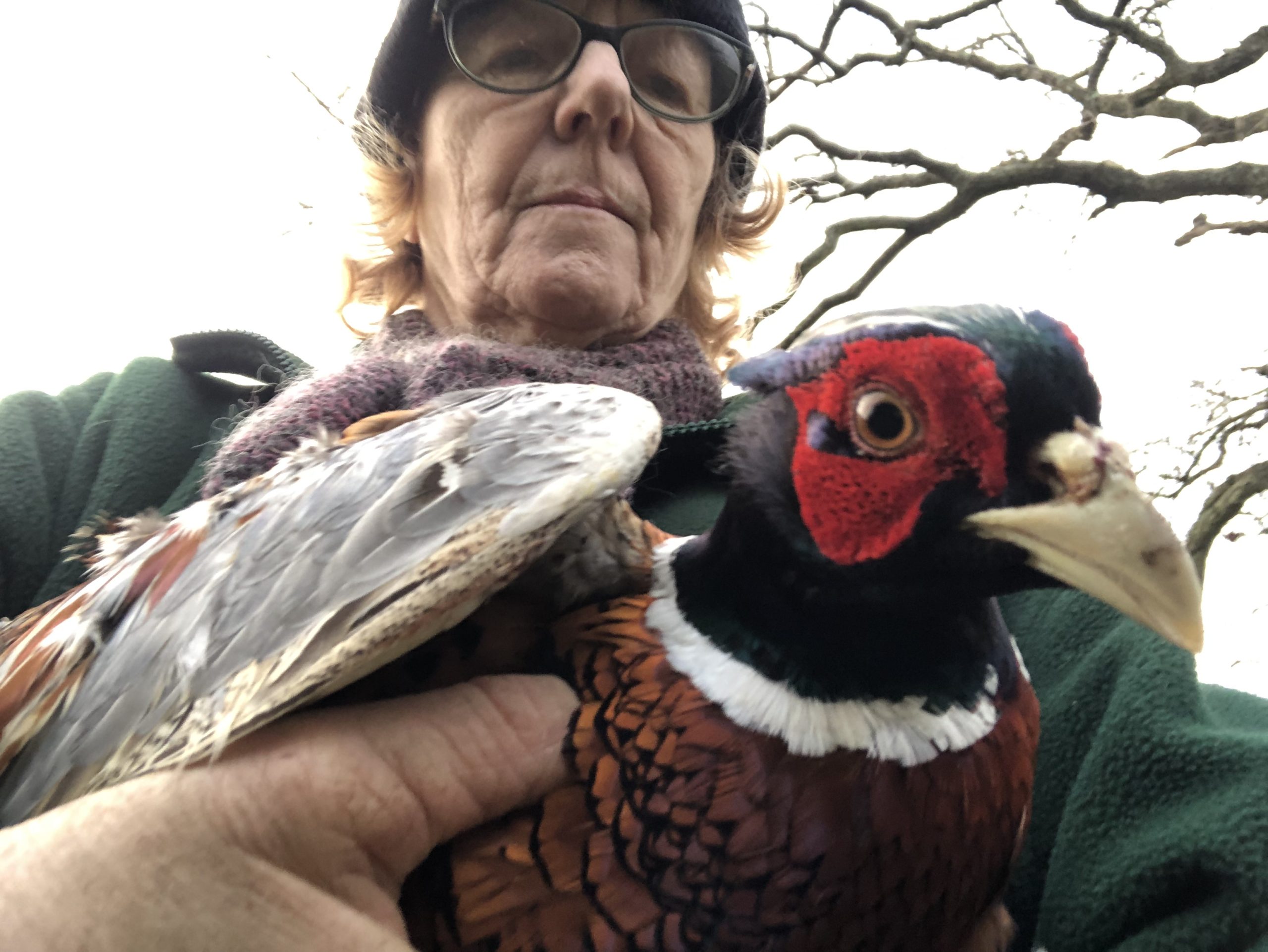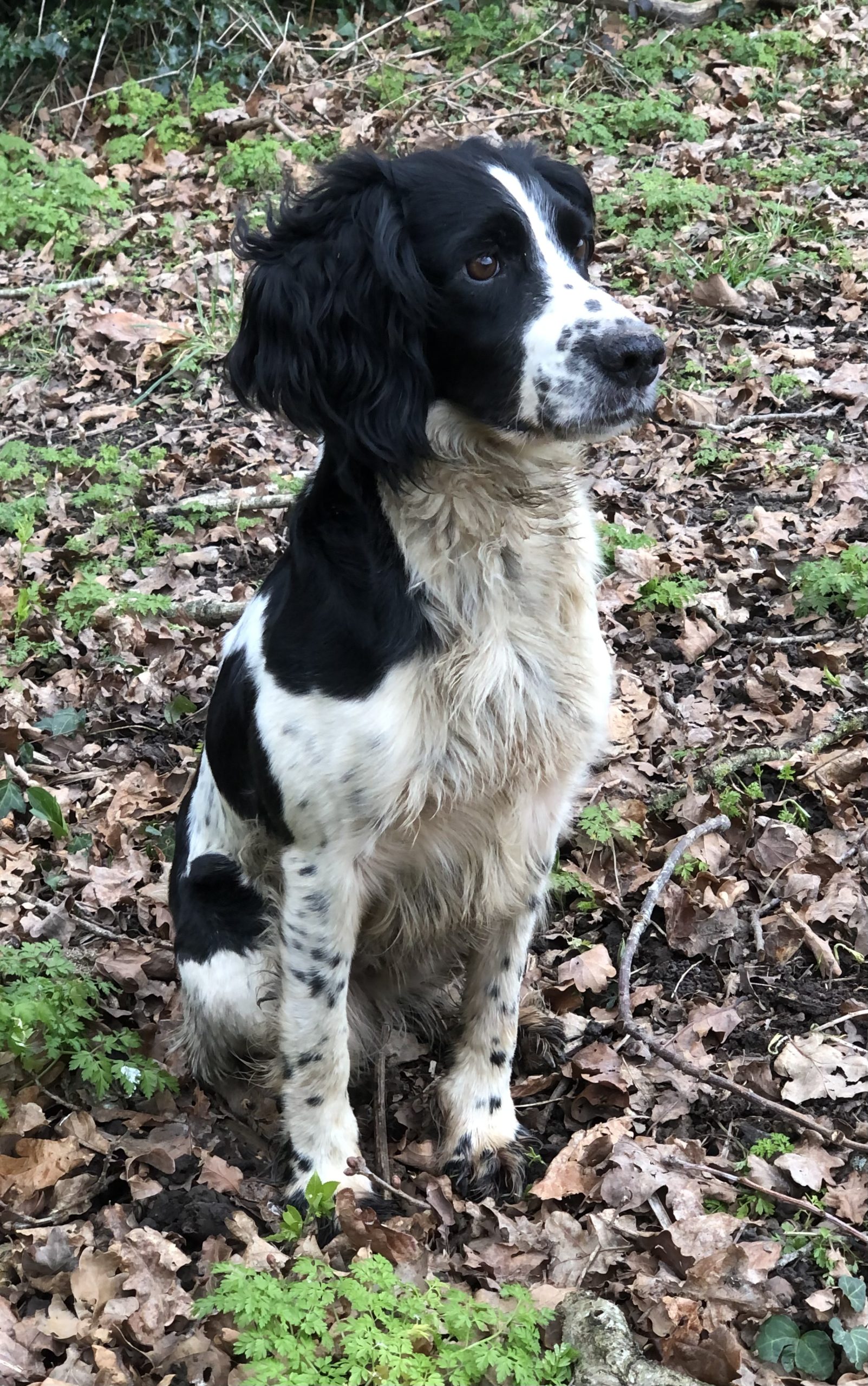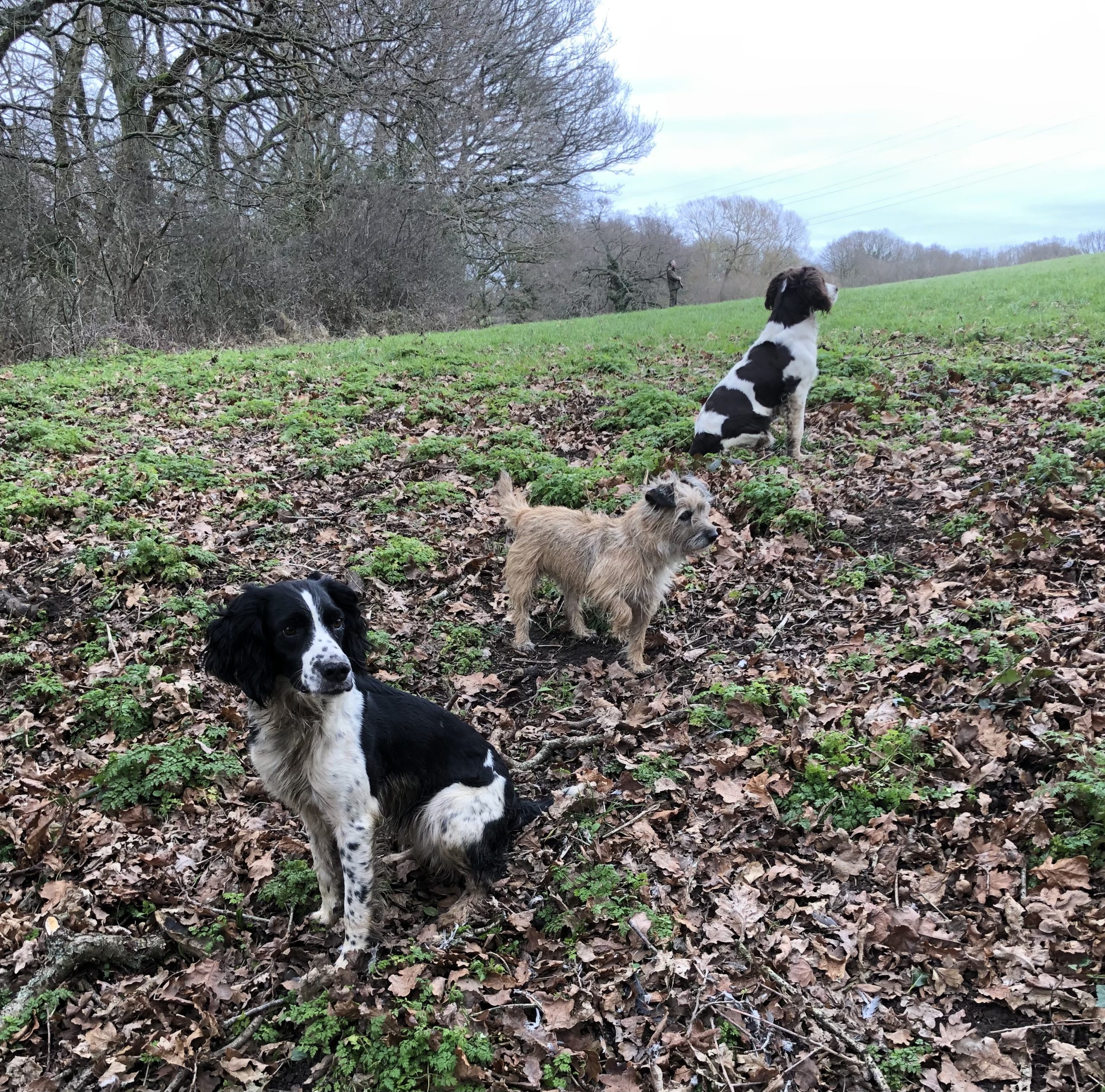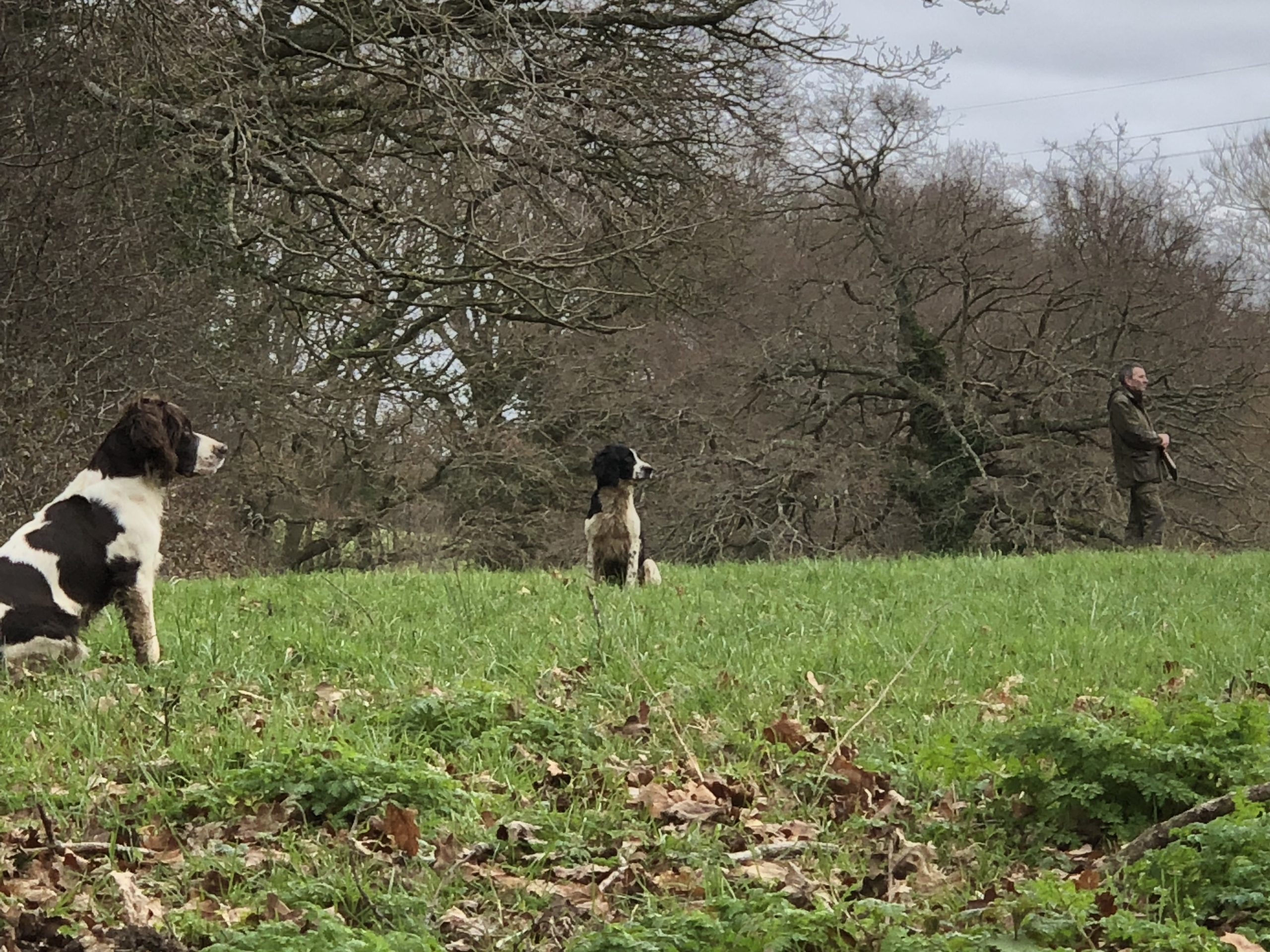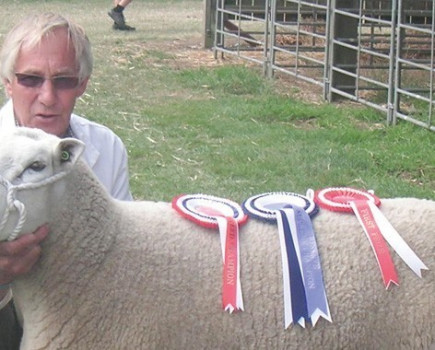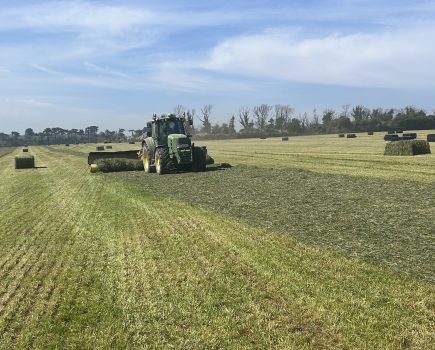Dogs and children always know best and, just sometimes… they’re right. A look can speak volumes. When I advised Brie to stay on Shrek (ATV) as I slowly started to gather a bunch of hoggets, she gave me a very reproachful look. Ignoring my command she immediately hopped down, going about her work getting the flock penned. I stopped and watched. As the last sheep went in the pen she lay down in the entrance and triumphantly glanced back at me, as if to say “see, I know what I’m doing, now come and shut the gate”. I obediently obliged, and I swear Brie smiled when she jumped back aboard Shrek.
I’ve been drawing hoggets for market on a regular basis; recent prices have been worth waiting for. I’m informed this good fortune is all due to the problems in the Red Sea. I’m no longer bemoaning the slowness of hoggets finishing but am marveling at our present good fortune. It’s uplifting to be well remunerated for the work that’s gone into producing finished livestock, galvanising our sense of purpose. Increased margins are encouraging and allow you to make improvements, effectively investing in the future.
This year I managed the hoggets in two flocks, one grazing extensively just on grass while the others grazed in a field rotation receiving supplementary feeding of oats and barley. They’ve been finishing at equal rates and, with reduced numbers, I’ve combined the flocks and introduced access to silage. I had been promised some shed room, but this hasn’t materialised as the cattle appear to be monopolising it. Maybe if the sheep bring in more money it will give them more leverage.
Ideally, I’d like the hoggets gone before long as my ewes will soon be home from grazing on the marshes, where they are thriving. I’ve not scanned this year, so I’ll need to be extra vigilant. We start lambing in the second week of April, when hopefully the sun will be shining. I’m looking forward to a year off from the vagaries of ewe-lamb antics, and any troublemakers will be well marked with a one-way ticket to market. I’m trying to implement a strategy to improve the flock performance, including getting on top of foot problems.
I’ve attended an update on sheep lameness. The experts advise no trimming. Routine foot trimming was a thankless task, so I’ll happily comply with this. I’m one of those naughty people who occasionally uses foot clippers on misshapen feet or if there’s a hoof flap which is trapping dirt/soil because this must be uncomfortable, plus it provides the perfect conditions for infection to set in.
Treating within three days of a sheep going lame is desirable but not always achievable. I generally try to cull if two doses of antibiotics don’t cure the problem. In my experience, Footvax helps reduce the incidence of lame sheep within the flock. In our case we became complacent and allowed the routine annual immunisation to lapse. This was a costly error.
I also went to a suckler cow meeting with a focus on dealing with calf scours, which was informative. One of the most useful nuggets I gleaned was that it is possible to buy a ‘scourcheck’ kit which you can keep on farm. When you see a calf scouring you can immediately test to see what pathogens are causing the scour. Knowing what you’re dealing with is half the battle. The instructions look easy to follow and you get a result in ten minutes, so you’ll know if it’s Rotavirus, Coronavirus, E. coli or Cryptosporidium. I haven’t used one yet myself; being ever wishful, I’m hoping having one in stock will ward off the problem.
I don’t want you to think I spend my time going to meetings. I do get the work done on the farm, although I admit I never quite get through my ‘to do’ list. To be fair the house suffers more; where does all that dust come from? Mostly from farm clothes, muddy wellies, grandchildren, grownups and – the biggest culprits – the dogs, but I couldn’t be without them. Why do visitors always arrive when it’s total chaos and not after I’ve blitzed it? I do worry, but not that much, because you only get one life so you might as well enjoy it.
A few days after the shooting season finished, my spaniel triumphantly presented me with a very handsomely marked cock pheasant. How was she supposed to know that after 1 February they are no longer fair game? Not wanting to offend, I praised her, and she happily rushed off to look for more. I was left surveying the bird, marveling at the colouring in its feathers. He tipped his head on one side and his bright little eyes twinkled almost apologetically for getting caught. We have plenty of pheasant meat in our freezer and I checked he had no injuries other than hurt pride. When Floss wasn’t looking, I popped him on a branch, took a photo and away he went.
During the shooting season, I made time to accompany the spaniels on beating and retrieving duties, because it’s fun. Witnessing the dogs’ enthusiasm and their natural love of working tirelessly along with you deepens the bond between you. The look of sheer pride and happiness when they hand over their retrieve; their joy is infectious, and that’s why you turn out in all weathers. Seeing Floss swim (admittedly slightly splashily at first until she’d perfected her technique) across a lake retrieving a duck and collecting up pheasants, pigeons, squirrels (or tree rats as they are commonly called – one less to damage the trees) is rewarding.
Farm work is often carried out alone, so it’s good socially to be part of the rural community, working as a team, encompassing all ages, (five to 80). There’s jokes, laughter and banter, and if you get into difficulties there’s always help at hand. Beating in woods and game cover can be challenging. Keeping up with the youngsters keeps you fit. Did I mention the elevenses, so yummy, second to none, and a well-deserved cool beer at the finish?
Good luck with the lambing, folks.
- If you want us to work, a little bit of dust is a small price to pay
- Brie aboard her command centre
- Why do some put their feet in the trough? So annoying
- Trough feeding some hoggets
- Brie has it under control
- It’s a dilemma, post season
- Ready for action

